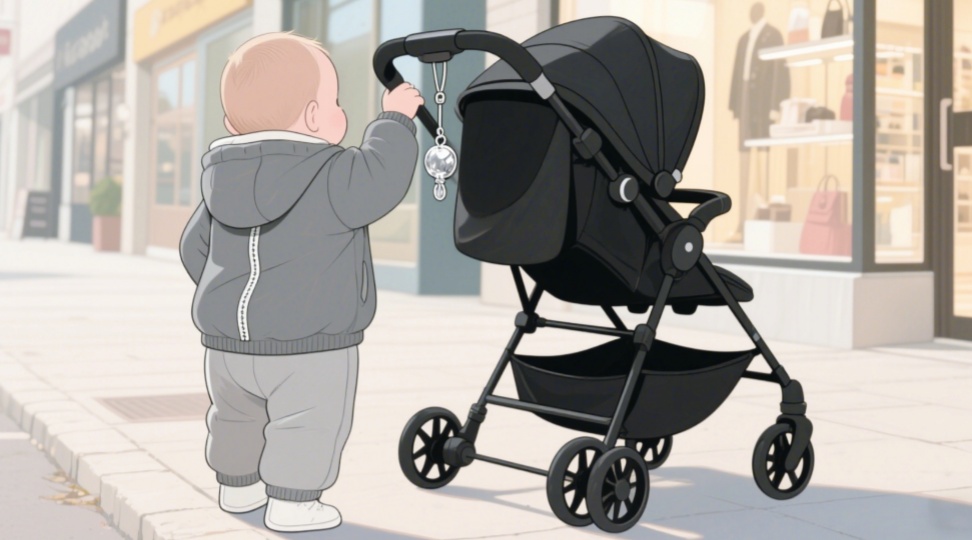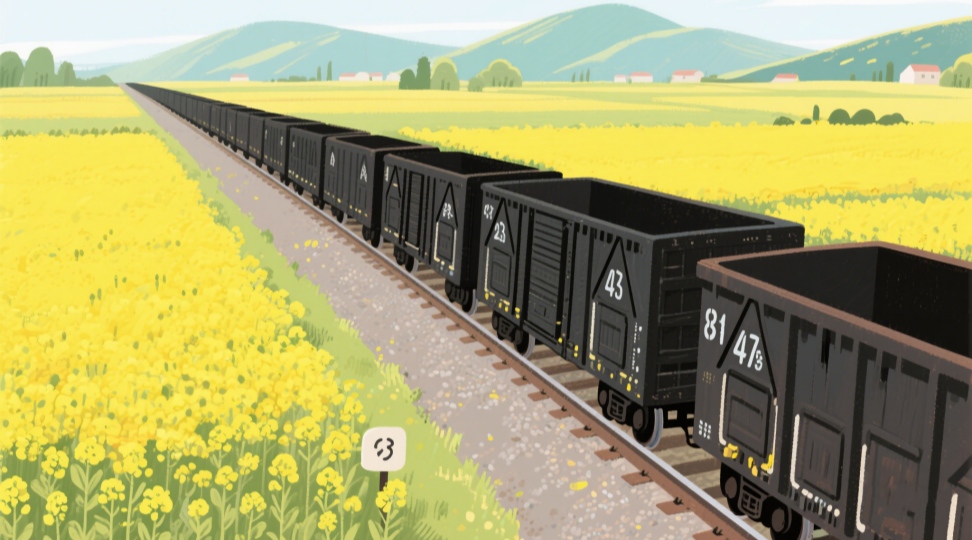كيفية استيراد وشحن عربة الأطفال من الصين
مع استمرار ارتفاع الطلب العالمي على منتجات الأطفال، أصبح استيراد عربات الأطفال من الصين خيارًا استراتيجيًا للشركات في آسيا الوسطى وروسيا وبيلاروسيا. تهيمن الصين على سوق عربات الأطفال العالمية، حيث تُمثل أكثر من 65% من الإنتاج العالمي (الإدارة العامة للجمارك الصينية، 2024)، وتُقدم أسعارًا تنافسية وتصاميم متنوعة وجودة موثوقة. ومع ذلك، قد يكون التعامل مع مشهد اللوجستيات العابرة للحدود معقدًا. تُقدم هذه المقالة دليلًا مُفصلًا ودقيقًا لتبسيط عملية الاستيراد والنقل، بالاستفادة من حلول مُصممة خصيصًا للطرق بين الصين وآسيا الوسطى وروسيا وبيلاروسيا، مع تسليط الضوء على خبرة شركة Dear-Railway Transport في تحسين سير العمل.

تتميز صناعة عربات الأطفال في الصين بقوة، حيث تتركز مراكز إنتاجها الرئيسية في مقاطعات غوانغدونغ وتشجيانغ وجيانغسو. تقدم شركات تصنيع رئيسية مثل جود بيبي وبيبي زين مجموعة متنوعة من المنتجات، بدءًا من عربات الأطفال خفيفة الوزن المزودة بمظلة وصولًا إلى عربات الأطفال الفاخرة متعددة الاستخدامات. عند اختيار الموردين، ضع في اعتبارك ما يلي:
يتطلب النقل عبر الحدود توثيقًا دقيقًا لتجنب التأخير. تشمل المتطلبات الرئيسية للشحنات المتجهة إلى آسيا الوسطى وروسيا وبيلاروسيا ما يلي:
دراسة الحالة: تمكن بائع تجزئة بيلاروسي يستورد 2000 عربة أطفال من توفير 12% من الرسوم الجمركية من خلال تقديم شهادة منشأ صالحة بموجب اتفاقية التجارة الحرة بين الصين وبيلاروسيا (بيانات 2023).
يعتمد اختيار المسار والوسيلة المناسبين على مدى إلحاح الشحنة، والميزانية، وحجم الشحنة. فيما يلي تحليل مقارن للخيارات الرئيسية للطرق بين الصين وآسيا الوسطى/روسيا/بيلاروسيا:
يُعدّ خط السكك الحديدية السريع بين الصين وأوروبا مثاليًا للشحنات الكبيرة. على سبيل المثال، تبلغ تكلفة نقل حاوية عربات أطفال بطول 40 قدمًا من تشنغتشو إلى موسكو عبر معبر ألاشانكو الحدودي حوالي 3800 دولار أمريكي، وتستغرق الرحلة 14 يومًا. من أهم مزاياه:

لتوصيل البضائع إلى المناطق النائية في كازاخستان أو أوزبكستان، تُعدّ حلول النقل البري والسكك الحديدية المُدمجة مثالية. خدمة شاحنات TIR يتيح نقلًا سلسًا عبر الحدود، مع نظام تتبع GPS وحاويات محكمة الغلق لضمان سلامة البضائع عالية القيمة. مثال على المسار:
للطلبات العاجلة، يُقلل نموذج النقل الجوي الهجين (مثلاً: من غوانزو إلى ألماتي جواً، ثم براً إلى أستانا) مدة النقل إلى 5-7 أيام، مع أن تكاليف النقل بالسكك الحديدية أعلى بنسبة 20-30%. يُناسب هذا النموذج عربات الأطفال الفاخرة أو في حالات ارتفاع الطلب الموسمي.
تُشكّل تكاليف الخدمات اللوجستية عادةً ما بين 15% و25% من إجمالي نفقات الاستيراد. لتقليل النفقات:
باعتبارها شركة رائدة في تقديم الخدمات اللوجستية المتخصصة في طرق الصين وآسيا الوسطى وروسيا وبيلاروسيا، تقدم Dear-Railway حلولاً مخصصة:
يزور عزيزي-نقل السكك الحديدية لاستكشاف خيارات النقل المتعدد الوسائط لدينا وطلب عرض أسعار شخصي.
يتطلب استيراد عربات الأطفال من الصين إلى آسيا الوسطى وروسيا وبيلاروسيا تخطيطًا استراتيجيًا شاملاً لاختيار الموردين، وتحسين المسارات، والامتثال للوائح التنظيمية. من خلال الاستفادة من شبكات السكك الحديدية والطرق، وإعطاء الأولوية لدقة الوثائق، والشراكة مع مزودي خدمات لوجستية ذوي خبرة مثل Dear-Railway، يمكن للشركات تحقيق وفورات في التكاليف، وتقليل أوقات النقل، والاستفادة من الطلب المتزايد على منتجات الأطفال عالية الجودة في هذه المناطق. باتباع النهج الصحيح، يمكن أن تصبح الخدمات اللوجستية العابرة للحدود ميزة تنافسية، لا تحديًا.
اتخذ الخطوة التالية: اتصل بفريقنا اليوم لتصميم خطة لوجستية مصممة خصيصًا لتلبية احتياجاتك في استيراد عربات الأطفال، واستمتع بالنقل السلس من الصين إلى سوقك المستهدف.